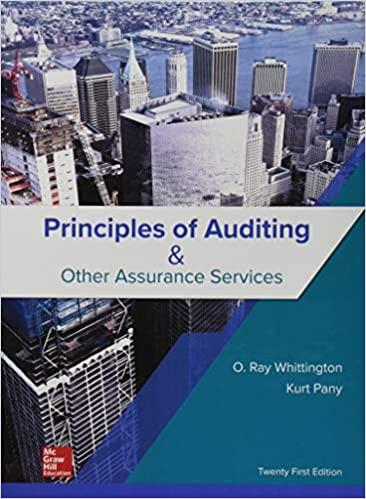


Direct Labor Variances Ada Clothes Company produced 24,000 units during April. The Cutting Department used 4,600 direct labor hours at an actual rate of $11.50 per hour. The Sewing Department used 7,600 direct labor hours at an actual rate of $11.20 per hour. Assume there were no work in process inventories in either department at the beginning or end of the month. The standard labor rate is $11.40. The standard labor time for the Cutting and Sewing departments is 0.2 hour and 0.3 hour per unit, respectively. a. Determine the direct labor rate, direct labor time, and total direct labor cost variance for the (1) Cutting Department and (2) Sewing Department. Enter a favorable variance as a negative number using a minus sign and an unfavorable variance as a positive number. Cutting Department Sewing Department Direct Labor Rate Variance Direct Labor Time Variance " Total Direct Labor Cost Variance b. The two departments have opposite results. The Cutting Department has a(n) cost variance. In contrast, the Sewing Department has a(n) total cost variance. rate variance and a(n) rate variance but has a(n) time variance, resulting in a total time variance, resulting in a Factory Overhead Cost Variance Report Feeling Better Medical Inc., a manufacturer of disposable medical supplies, prepared the following factory overhead cost budget for the Assembly Department for October of the current year. The company expected to operate the department at 100% of normal capacity of 6,900 hours. Variable costs: Indirect factory wages $22,770 Power and light 16,077 Indirect materials 14,007 Total variable cost $52,854 $12,850 Fixed costs: Supervisory salaries Depreciation of plant and equipment Insurance and property taxes Total fixed cost 32,980 10,060 55,890 Total factory overhead cost $108,744 During October, the department operated at 7,300 standard hours, and the factory overhead costs incurred were indirect factory wages, $24,330; power and light, $16,700; indirect materials, $15,100; supervisory salaries, $12,850; depreciation of plant and equipment, $32,980; and insurance and property taxes, $10,060. Required: Prepare a factory overhead cost variance report for October. To be useful for cost control, the budgeted amounts should be based on 7,300 hours. Enter a favorable variance as a negative number using a minus sign and an unfavorable variance as a positive number. Round your per unit computations to the nearest cent, if required. If an amount box does not require an entry, leave it blank. Feeling Better Medical Inc. Factory Overhead Cost Variance Report-Assembly Department F--IL-M-ELF-I-In -L- Factory Overhead Lost Vallance Report-Assembly Department For the Month Ended October 31 Normal capacity for the month 6,900 hrs. Actual production for the month 7,300 hrs. Budget Actual (at Actual Cost Production) Variable factory overhead costs: Indirect factory wages Power and light Unfavorable Favorable Variances Variances Indirect materials Total variable cost Fixed factory overhead costs: Supervisory salaries Depreciation of plant and equipment Insurance and property taxes Total fixed cost Total factory overhead cost Total controllable variances Volume variance-favorable: Excess hours used over normal at the standard rate for fixed factory overhead









